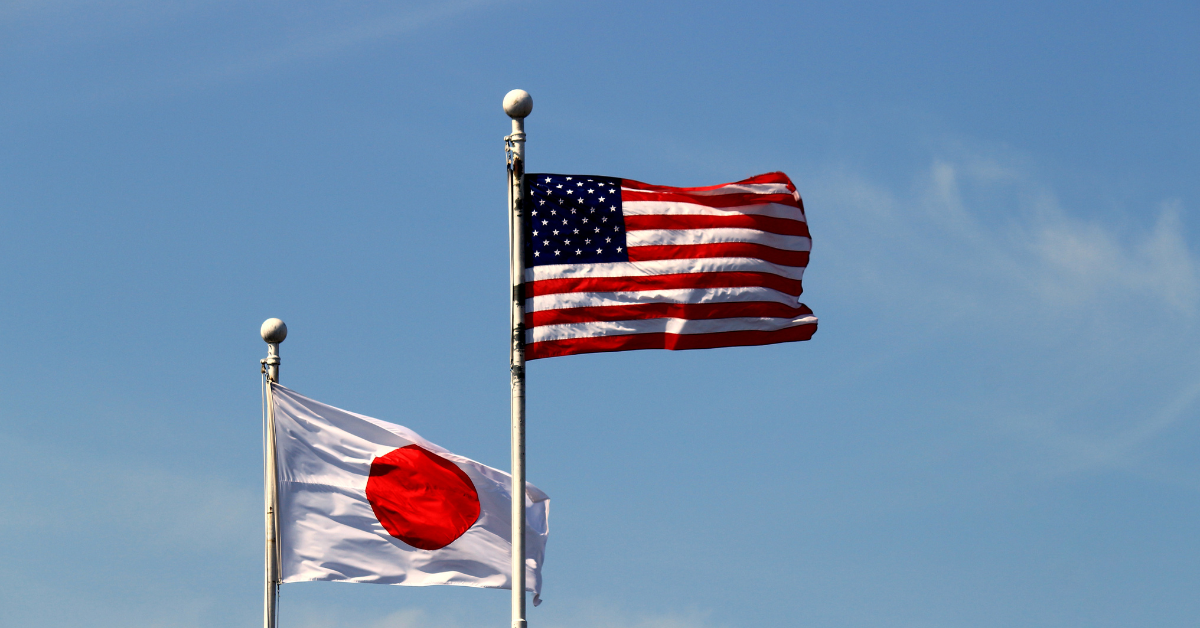Minister Akazawa’s agreement to invest 80 trillion yen in the United States has made headlines across Japan. However, beneath this massive deal lies a critical issue: Japan also agreed to a 15% tariff increase, a term that was overlooked until Akazawa’s ninth visit to the US, when he attempted to request a revision. Unfortunately, because the original agreement was not documented in writing, the US side refused to amend it. This article explores the diplomatic shortcomings surrounding this deal and examines the growing sentiment among Japanese citizens who ask: “Why does Japan keep getting walked over?”
What the 80 Trillion Yen Investment Agreement Really Means
Economic Partnership or One-Sided Concession?
Minister Akazawa agreed to an 80 trillion yen investment deal with the US, covering key sectors like energy, semiconductors, AI, and telecommunications. This sum exceeds 70% of Japan’s national budget and marks one of the largest overseas investments in its history. While the minister described the deal as an “investment in Japan’s future,” the reality suggests a heavy bias toward supporting American industries, with unclear benefits for Japan’s domestic economy.
Breakdown of the Japan-US Investment Agreement
| Sector | Agreement Details | Estimated Investment (Trillion Yen) |
|---|---|---|
| Energy | LNG infrastructure, renewable energy development | 25 |
| Semiconductors | Investment in US-based chip manufacturing plants | 20 |
| AI Technologies | Funding for research institutions, talent exchange | 15 |
| Telecommunications | 5G and 6G infrastructure projects | 10 |
| Medical/Defense | Biotech, defense systems, education support | 10 |
Since all these investments are directed toward US infrastructure, the Japanese public is questioning: “What does Japan actually gain from this?” Many fear the deal resembles tribute more than partnership.
The Reality Behind the “15% Tariff Increase”
A Misunderstood Clause with Serious Consequences
The media initially reported that Japan agreed to a “15% tariff,” leading many to believe this referred to a flat 15% rate. However, the actual agreement states that an additional 15% would be added to existing tariffs, potentially raising rates to 20–25% for certain goods. Akazawa only addressed this issue during his ninth visit to the US—too late. Since no formal documentation existed, the US rejected his attempt to revise the terms.
Tariff Misunderstandings and Consequences
| Item | Japan’s Understanding | US Position |
|---|---|---|
| Tariff Expression | “15% tariff” | “Existing tariff + 15% additional” |
| Agreement Documentation | Verbal confirmation only | No written record = no binding agreement |
| Revision Attempt Timing | Ninth visit to the US | Rejected as the deal was “already agreed” |
| Public Reaction | “Diplomatic incompetence” | “Unreliable partner” |
In international negotiations, written documentation is non-negotiable. Without it, Japan’s position was easily dismissed.
Why Did Japan Concede So Much? Public Discontent Grows
Lack of Transparency Damages Trust
Akazawa’s failure to obtain written confirmation and to communicate the full terms of the agreement has sparked widespread criticism. Diplomacy requires strategic, calculated action—not vague promises or goodwill gestures. Yet the current deal appears to have been forged through submission rather than negotiation.
Public Reactions
| Perspective | Main Comments |
|---|---|
| Critical Voices | “Why wasn’t this documented?” “Is this amateur diplomacy?” |
| Analytical Views | “Where were the legal and trade experts during negotiation?” |
| Constructive Input | “Japan must send specialists to future diplomatic talks” |
| Disillusioned Tone | “Same mistakes again. We’ve given up expecting better” |
Additionally, the lack of communication to the public regarding the deal’s background and specifics has led to deepening mistrust. Citizens want clear explanations, not after-the-fact damage control.
How Japan Can Regain Diplomatic Trust
Three Essential Reforms to Improve Negotiation Quality
For Japan to regain trust on the global stage, the following reforms are crucial:
- Formalize all agreements in writing
- Include legal and technical experts in all diplomatic delegations
- Ensure transparency through clear public communication
Without these foundational changes, Japan is doomed to repeat past diplomatic missteps.
Proposed Diplomatic Reforms
| Challenge | Recommended Solution |
|---|---|
| Ambiguous agreements | Mandate written and signed records, verified by a third party |
| Lack of technical support | Embed legal and trade experts in all negotiation teams |
| Poor public communication | Hold regular briefings and publish negotiation outcomes |
| One-sided investment terms | Clearly define mutual returns (e.g., tech transfer, jobs) |
Conclusion
The 80 trillion yen agreement led by Minister Akazawa represents a watershed moment in Japanese diplomacy. However, the lack of due diligence, especially regarding the 15% tariff increase, has revealed significant weaknesses in Japan’s negotiation strategy.
Diplomacy is not ceremonial—it is a high-stakes defense of national interests. That means clear documentation, professional negotiation, and public accountability are essential. The Japanese people are no longer content with feel-good foreign relations; they demand strong, results-driven diplomacy.
It is time for Japan to replace concession with dialogue, subservience with strategy, and silence with clarity. Only then can the nation rise as a respected and assertive presence in international affairs.






